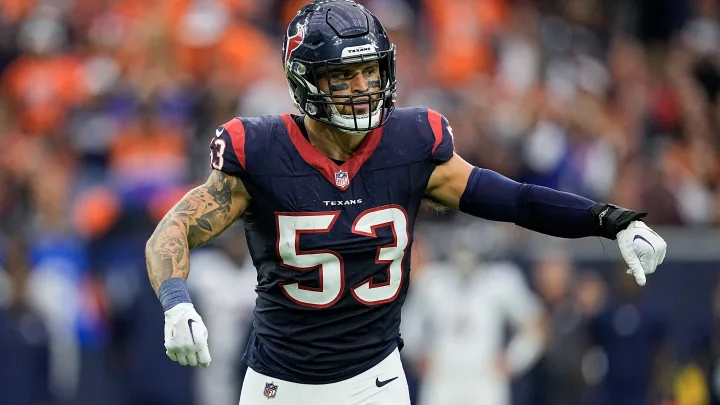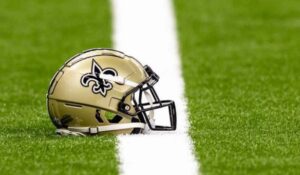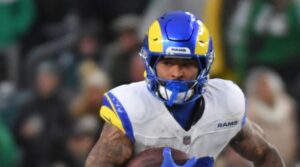
The Minnesota Vikings wasted no time in securing Blake Cashman during free agency, reaching an agreement just three hours after the legal tampering period began. Initial reports suggested a deal worth $25.5 million, but the actual figure was $22.5 million, with only $9.4 million fully guaranteed, according to Ben Goessling.
Cashman, a local talent hailing from Eden Prairie and a former standout for the Golden Gophers, boasts impressive athletic testing, scoring a 9.51 in the Relative Athletic Score (RAS). Despite his athletic prowess, Cashman slipped to the fifth round of the draft due to perceived refinement issues, ultimately landing with the New York Jets.
With the Jets, Cashman quickly earned playing time and even started in his second career game against the Cleveland Browns. However, his progress was hindered by injuries, including a torn labrum that landed him on injured reserve (IR). This injury trend continued with stints on IR for groin and hamstring issues in 2020 and another groin injury in 2021.
After falling out of favor with the Jets, Cashman was traded to the Houston Texans for a sixth-round pick. He initially contributed as a core special teamer but eventually became a starting linebacker midway through the 2023 season. Despite missing two games due to a hamstring injury, Cashman played the second most snaps of any Texans linebacker, alongside teammates with their own injury concerns.
In joining the Vikings, Cashman represents part of a revamped edge and linebacker group, replacing outgoing players like Danielle Hunter, D.J. Wonnum, and Jordan Hicks with Jonathan Greenard, Andrew Van Ginkel, and himself, respectively. While Cashman’s injury history may raise concerns, some players, like Hicks, have shown resilience after early injury setbacks.
To assess Cashman’s on-field contributions, analysis of his pass coverage abilities was conducted by reviewing tape from several Texans games during the 2023 season, including matchups against the Atlanta Falcons, Carolina Panthers, Cincinnati Bengals, Arizona Cardinals, and the Divisional Round game against the Baltimore Ravens.
Blake Cashman brings a crucial aspect to the Minnesota Vikings’ defense, particularly in pass coverage, which was an area of weakness for the team last season. With the decline of Jordan Hicks and Ivan Pace Jr. still adjusting to NFL coverage, Cashman’s arrival aims to address this deficiency.
A standout example of Cashman’s coverage skills was on display against the Falcons, where he demonstrated his agility and speed by effectively covering a crossing route by Drake London, showcasing his ability to stick with top-tier receivers. Additionally, Cashman’s athleticism allows him to handle tight ends in man coverage, as seen in his matchup against Kyle Pitts.
Furthermore, Cashman’s capability to quickly gain depth in coverage provides reassurance for the Vikings’ defense, as illustrated in his ability to defend against vertical routes and read and react to passing plays effectively.
While Cashman excels in coverage, there are some areas where he falls short. His performance against deeper routes and handling certain assignments, such as out routes, has room for improvement. Additionally, he encountered challenges in defending against certain tight end routes and red-zone touchdowns.
In terms of run defense, Cashman’s athleticism shines, particularly in his ability to pursue sideline-to-sideline and make tackles in open space. However, he struggles when confronted with blocking, often getting knocked back and failing to disengage from blocks effectively.
Despite his limitations in run defense, Cashman’s prowess as a blitzer adds value to the Vikings’ defense. His ability to execute blitzes and disrupt opposing quarterbacks, combined with his agility in dropping back into coverage, enhances the versatility of the defense.
Overall, Cashman’s addition represents a strategic shift for the Vikings, prioritizing coverage skills over run defense. His presence should bolster the team’s ability to defend against passing plays, mitigate vulnerabilities in the middle of the field, and provide a more youthful and coverage-focused approach at the linebacker position.







